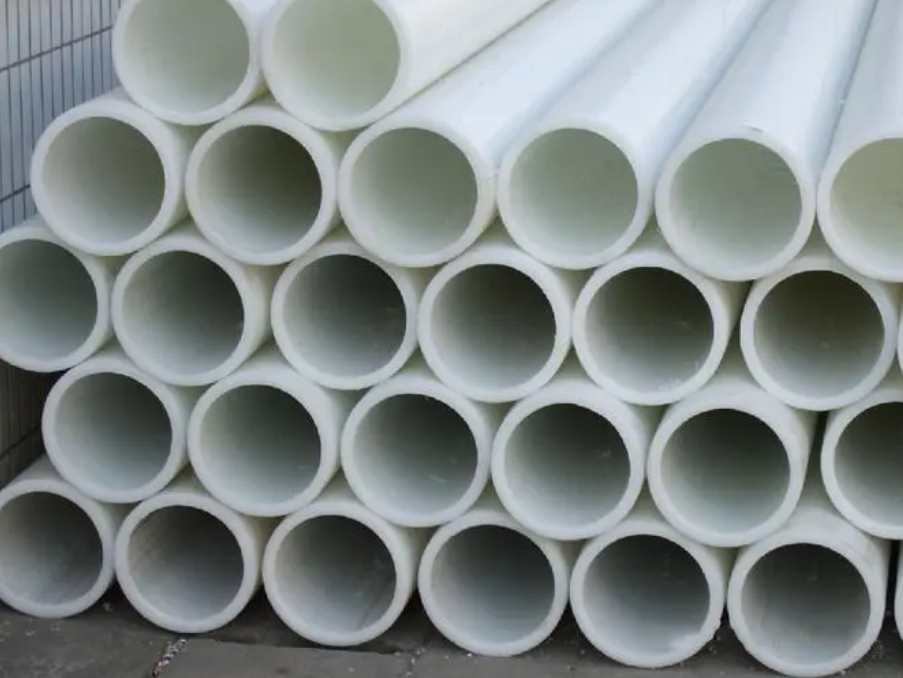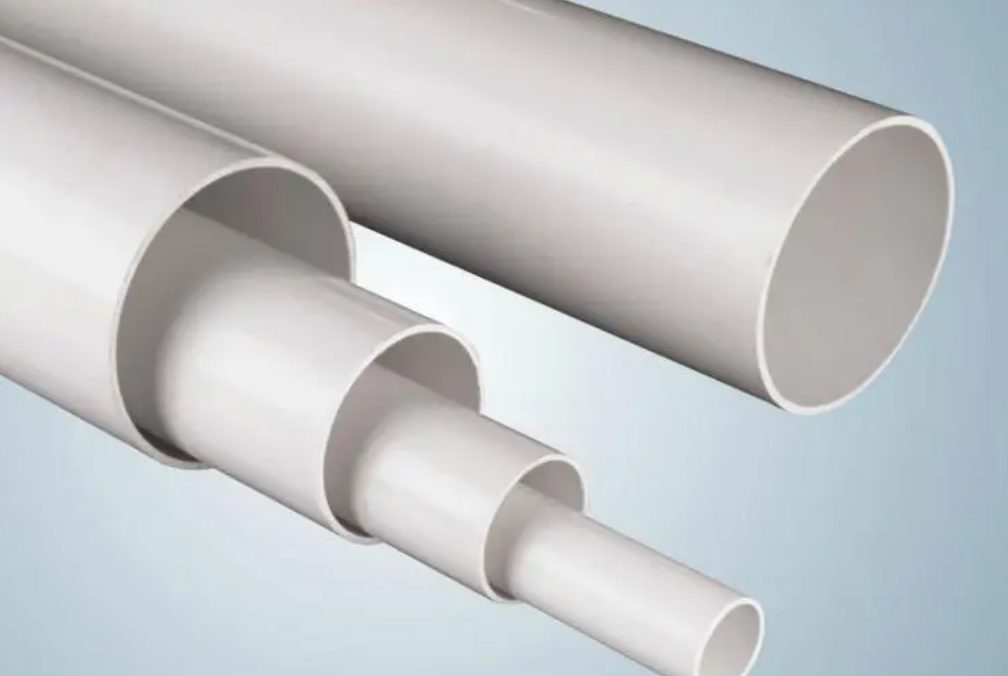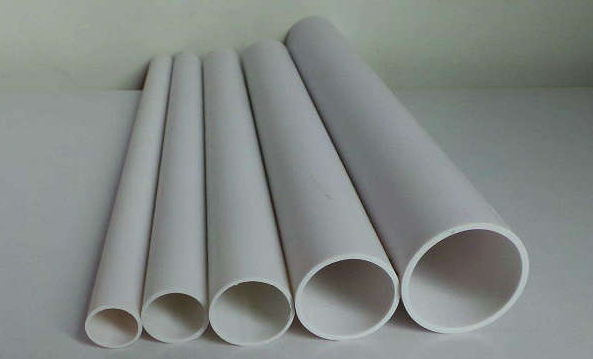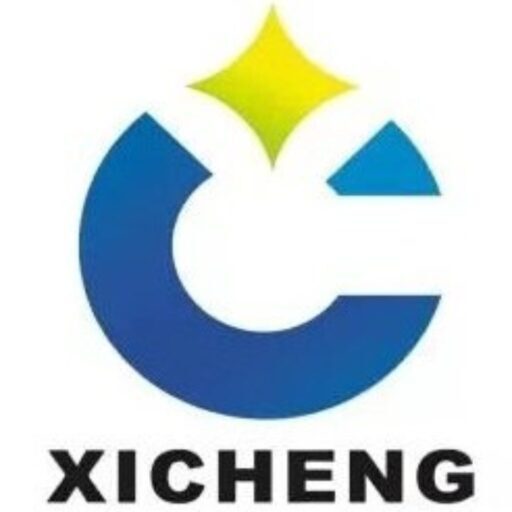- Polyvinyl chloride is yellowish, translucent, and shiny. Transparency is better than polyethylene, polypropylene, worse than polystyrene, with the amount of additives different, divided into soft and hard polyvinyl chloride, soft products are flexible and tough, feel sticky, the hardness of hard products is higher than low-density polyethylene, and lower than polypropylene, there will be whitening phenomenon at the inflection. Stable; It is not easy to be corroded by acid and alkali; Relatively tolerant to heat.
- Polyvinyl chloride has the advantages of flame retardant (flame retardant value of more than 40), high chemical resistance (concentrated hydrochloric acid, sulfuric acid with a concentration of 90%, nitric acid with a concentration of 60% and sodium hydroxide with a concentration of 20%), good mechanical strength and electrical insulation.
- Polyvinyl chloride has poor stability to light and heat. The softening point is 80°C, and the decomposition begins at 130°C. Without heating the stabilizer, PVC begins to decompose at 100°C and decomposes faster above 130°C. It is decomposed by heat and releases hydrogen chloride gas (hydrogen chloride gas is a toxic gas) to change its color, from white→ light yellow→ red→ brown → black. The ultraviolet rays and oxygen in the sunlight will cause the photooxidation and decomposition of polyvinyl chloride, thus reducing the flexibility of polyvinyl chloride and finally becoming brittle. This is the reason why some PVC plastics will turn yellow and brittle over time.
- It has stable physical and chemical properties, insoluble in water, alcohol, gasoline, and low gas and water vapor permeability; It can resist any concentration of hydrochloric acid, less than 90% sulfuric acid, 50-60% nitric acid and less than 20% caustic soda solution at room temperature, and has certain chemical corrosion resistance; It is quite stable to salts, but can be dissolved in organic solvents such as ethers, ketones, chlorinated aliphatic hydrocarbons and aromatic hydrocarbons.
- Industrial PVC resin is mainly amorphous structure, but also contains some crystalline areas (about 5%), so PVC has no obvious melting point, and begins to soften at about 80 °C, and the heat deflection temperature (under the load of 1.82MPa) is 70-71 °C, and begins to flow at 150 °C under pressure, and begins to slowly release hydrogen chloride, resulting in polyvinyl chloride discoloration (from yellow to red, brown, and even black).
- The weight-average relative molecular weight of industrial polyvinyl chloride is in the range of 4.8-48,000, and the corresponding average relative molecular weight is 2-19,500. The weight of most industrial resins is 10-200,000 and 45,500-64,000. Rigid polyvinyl chloride (without plasticizer) has good mechanical strength, weather resistance and flame resistance, and can be used as a structural material alone to manufacture pipes, plates and injection molded products in the chemical industry. Rigid polyvinyl chloride can be reinforced.
- Density: 1380 kg/m3 Young’s modulus of elasticity (E): 2900-3400 MPa Tensile strength (σt): 50-80 MPa Elongation at break: 20-40% Glass transition temperature: 87 °C Melting Point: 212 °C Softening temperature: 85 °C Thermal conductivity (λ): 0.16 W/(m·K) Coefficient of thermal expansion (α): 8×10-5 /K Heat capacity (c): 0.9 kJ/(kg· K) Water Absorption (ASTM): 0.04-0.4 Refractive Index: 1.52~1.55

The biggest feature of polyvinyl chloride is that it is flame retardant, so it is widely used in fire protection applications. But PVC releases hydrogen chloride and other toxic gases, such as dioxins, during combustion.
The density of pure PVC is 1.4 g/cm3, and the density of PVC plastic parts with plasticizers and fillers is generally 1.15-2.00 g/cm3.

Rigid polyvinyl chloride has good tensile, bending, compressive and impact resistance, and can be used as a structural material alone. The softness, elongation at break, and cold resistance of flexible PVC will increase, but the brittleness, hardness, and tensile strength will decrease.
Polyvinyl chloride has good electrical insulation properties and can be used as low-frequency insulation materials, and its chemical stability is also good. Due to the poor thermal stability of polyvinyl chloride, long-term heating will lead to decomposition, release HCL gas, and discolor polyvinyl chloride, so its application range is narrow, and the use temperature is generally between -15~55 °C.

